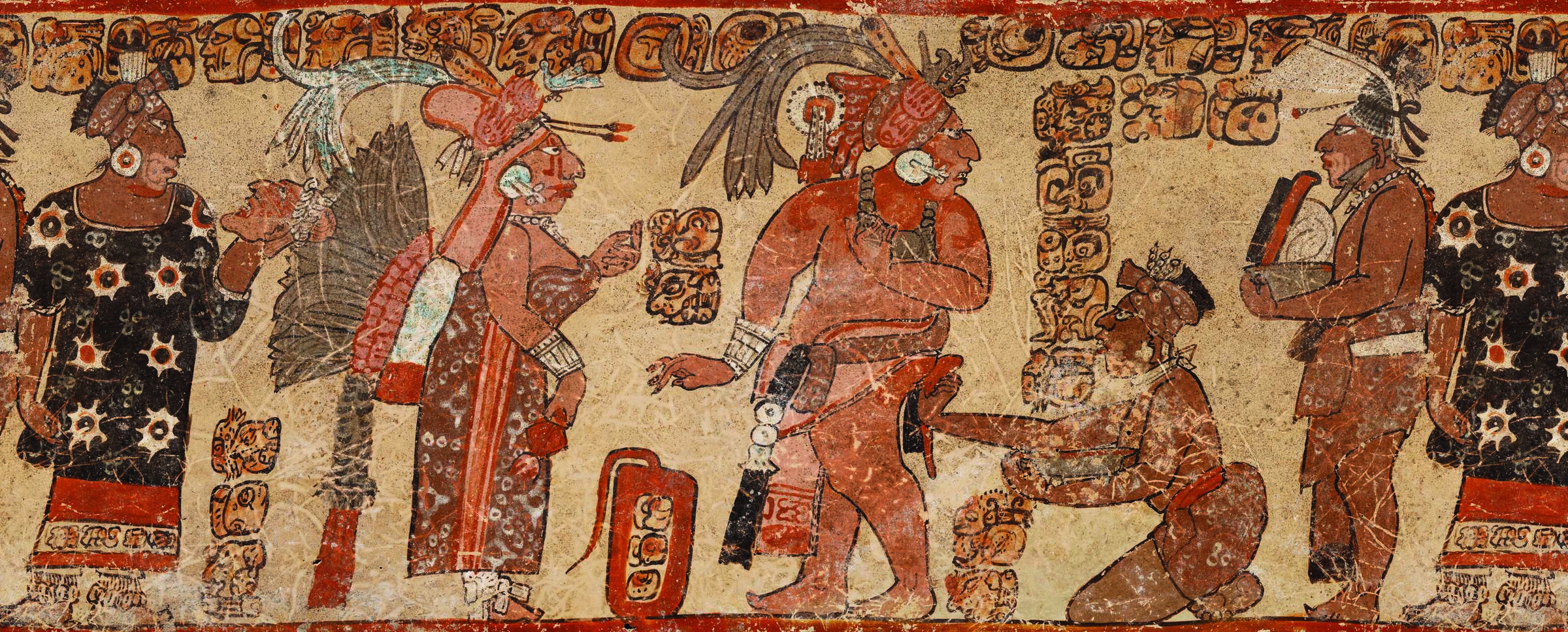PLZEŇ, CZECH REPUBLIC—Radio Prague International reports that hundreds of fourteenth-century coins were discovered in the western Czech Republic, near the Kladruby Monastery, by a couple out for a walk. “As they were walking through the forest, they spotted a few coins, two made of gold and one of silver, lying on the ground,” explained archaeologist Milan Metlička of the Museum of West Bohemia. “They were probably dug up by some forest animals, most likely by wild pigs.” The couple then pulled up a large stone in the ground, found the coin cache, and alerted authorities. The coins include gold ducats bearing the image of Holy Roman Emperor Charles IV, Albrecht of Austria, and Rupert of the Palatinate; ducats from the Hanseatic city of Lübeck; more than 300 silver groschen minted in Bohemia; and groschen bearing the image of John of Bohemia, the Duke of Luxembourg. Metlička said the monastery was located on a medieval trade route that connected Prague and Nuremberg, although researchers do not know why the coins might have been hidden. To read about a cache of coins found in France that depict some of the Holy Roman Empire's power brokers, go to "A Catalog of Princes."
Cache of 14th-Century Coins Discovered in Czech Republic
News August 11, 2020
Recommended Articles
Artifacts September/October 2021
Late Medieval Ring
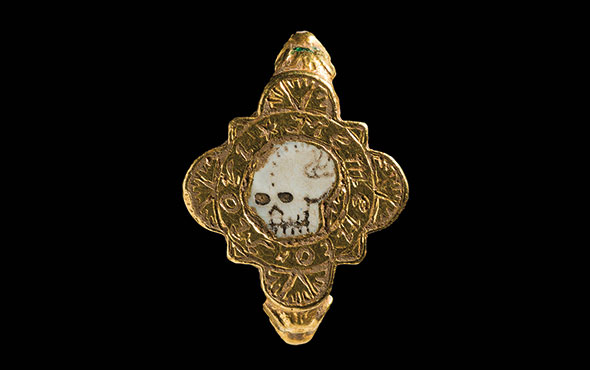
Digs & Discoveries September/October 2025
Good Night, Sweet Prince
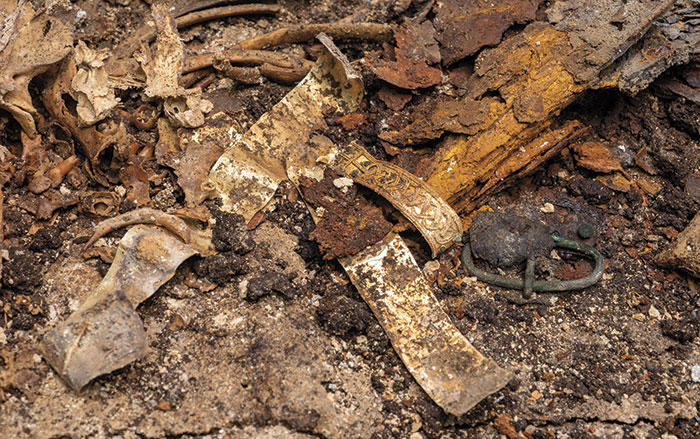
Features September/October 2025
How to Build a Medieval Castle
Why are archaeologists constructing a thirteenth-century fortress in the forests of France?
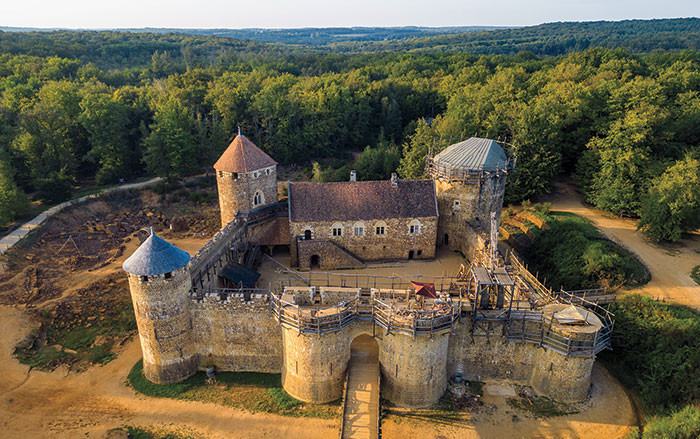
Features January/February 2025
Medieval England’s Coveted Cargo
Archaeologists dive on a ship laden with marble bound for the kingdom’s grandest cathedrals
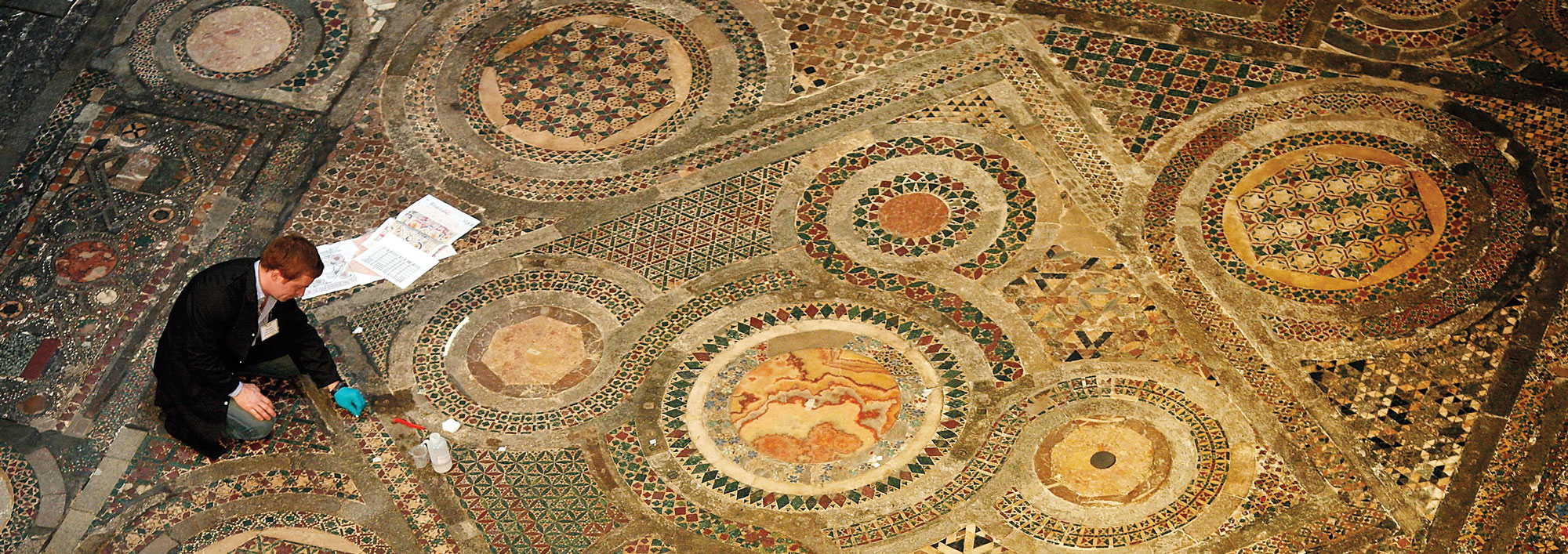
-
Features July/August 2020
A Silk Road Renaissance
Excavations in Tajikistan have unveiled a city of merchant princes that flourished from the fifth to the eighth century a.d.
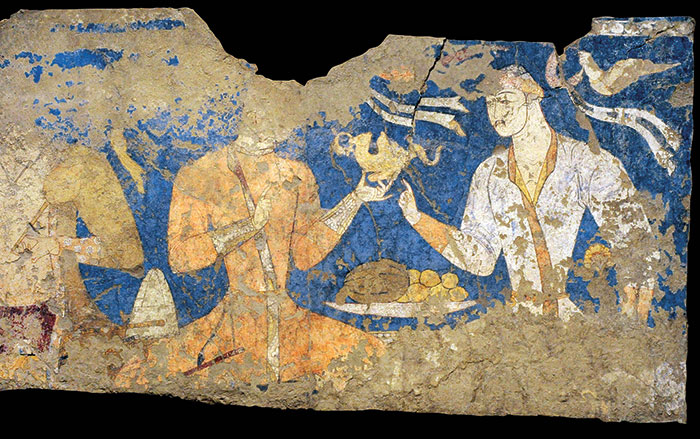 (Prisma Archivo/Alamy Stock Photo)
(Prisma Archivo/Alamy Stock Photo) -
Features July/August 2020
Idol of the Painted Temple
On Peru’s central coast, an ornately carved totem was venerated across centuries of upheaval and conquest
 (© Peter Eeckhout)
(© Peter Eeckhout) -
Letter from Normandy July/August 2020
The Legacy of the Longest Day
More than 75 years after D-Day, the Allied invasion’s impact on the French landscape is still not fully understood
 (National Archives)
(National Archives) -
Artifacts July/August 2020
Roman Canteen
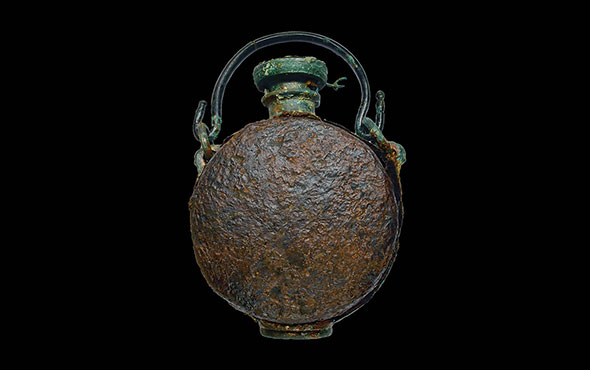 (Valois, INRAP)
(Valois, INRAP)


